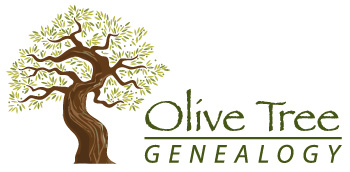 GEDmatch, the free site that provides DNA and genealogical analysis tools for amateur and professional researchers and genealogists, has come to the rescue once again, helping to crack another very old double murder.
GEDmatch, the free site that provides DNA and genealogical analysis tools for amateur and professional researchers and genealogists, has come to the rescue once again, helping to crack another very old double murder.In 1987 a young Canadian couple, Tanya Van Cuylenborg and Jay Cook, were on their way to take the ferry from British Columbia to Seattle Washington. Their bodies were found several days later.
Their killer was never found, but his DNA was gathered from a blanket wrapped around Tanya's body. Hundreds of tips came in over the years but nothing panned out and the case grew cold.

Intrigued by the recent finding of the Golden State Killer using the DNA matching website GEDmatch, the killer's DNA was run through the public sharing site and his DNA was matched to two second cousins.
55-year-old Earl Talbott was charged with murder, as his DNA profile matched to those cousins matches the DNA left behind at the crime scene 31 years ago.
“It’s the genetic genealogy that was the key tool that got this case resolved,” Detective Jim Scharf of the Snohomish County Sheriff’s Office, who sought out the DNA technology and has spent 13 years studying this case, said at a Friday news conference.
Read the full story at A genealogy website helps crack another cold case, police say, this one a 1987 double homicide
Newspaper Clipping: Morning Olympian, Friday, Nov 27, 1987, Olympia, WA, Page: 15



























